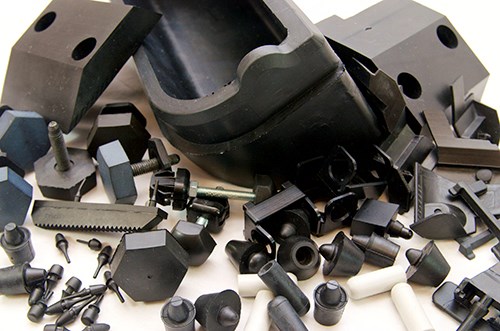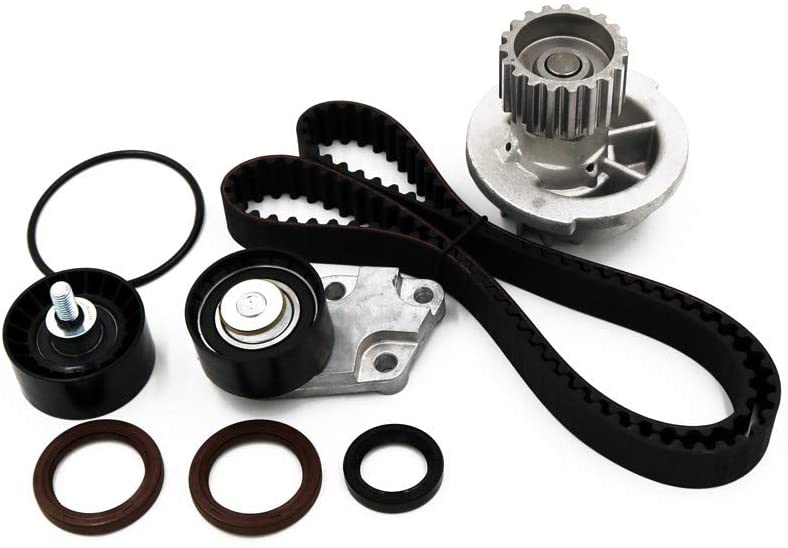How to Do Rubber to Metal Bonding
There are many types of rubber to metal bonding, but the most common is the slip bond. A good slip bond can ensure that your rubber will last for years and not crack or loose its shape over time. Here’s how to achieve the best rubber to metal bonding:
1. Clean up any dirt, dust or debris with a damp cloth.
2. Apply a light coat of oil to the surface where you want to bond your rubber to metal. This will help prevent moisture from sticking to your rubber when it’s being bonded, which could cause it to pop off while you’re working on it.
3. Apply a thin layer of glue around where you want to apply your rubber material, then press down firmly on it until it’s in place – this should only take a few seconds per area that you’re bonding together!
4. Once your work area has dried completely, remove any excess glue using a damp cloth or paper towel if necessary (the glue should come off very easily).
Learn how to create a strong bond between rubber and metal surfaces using the best techniques and materials. This guide will ensure that your next project holds up to the rigors of wear and tear.


